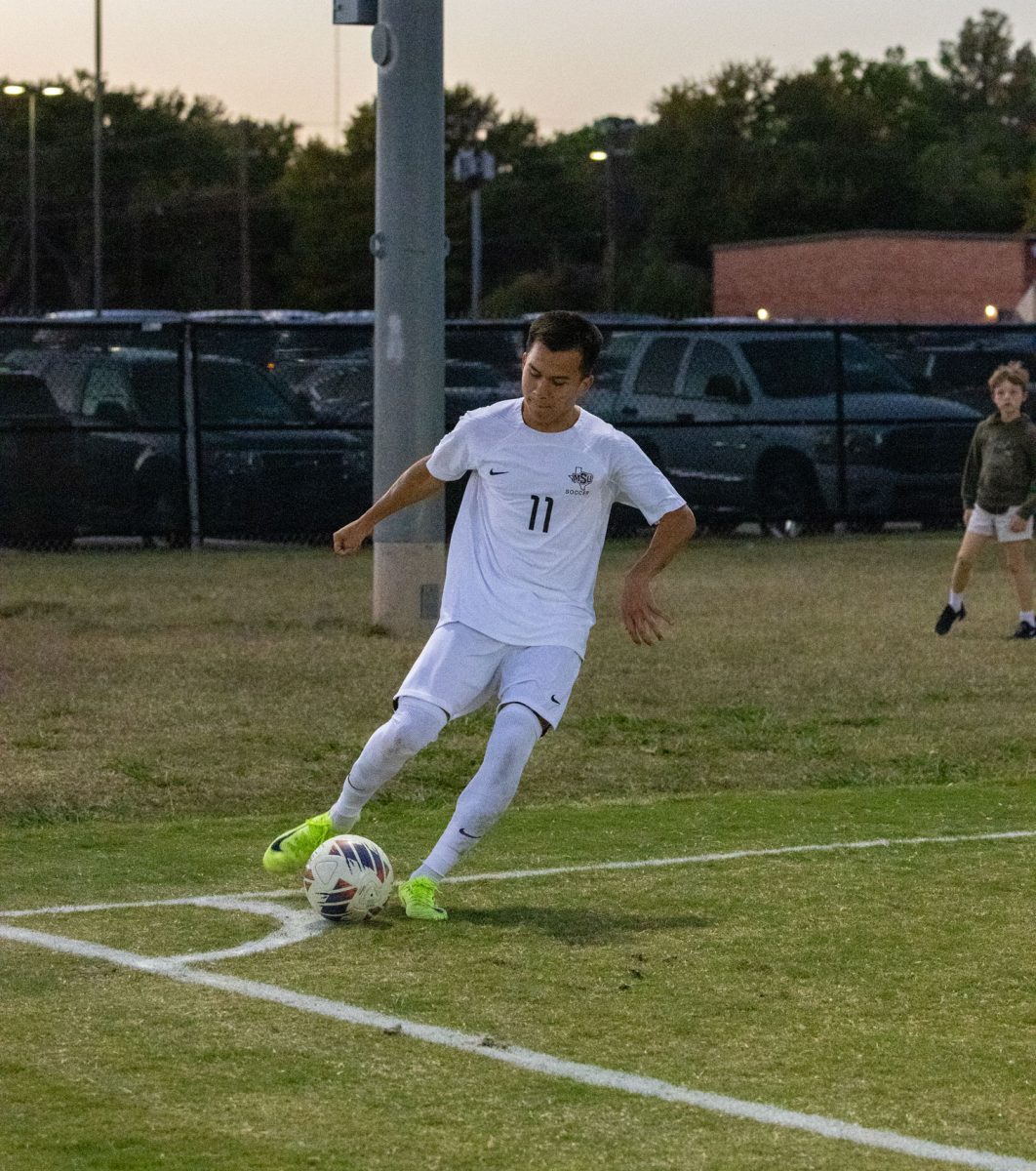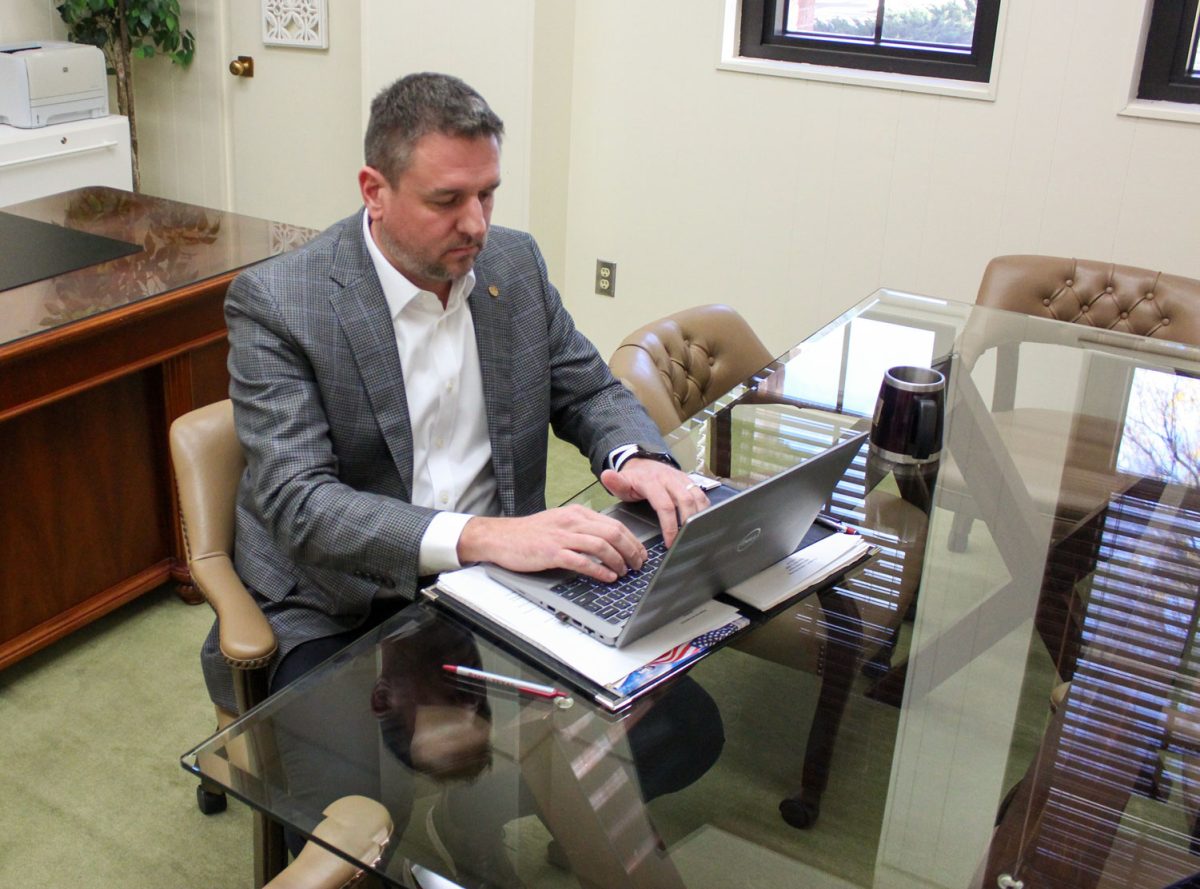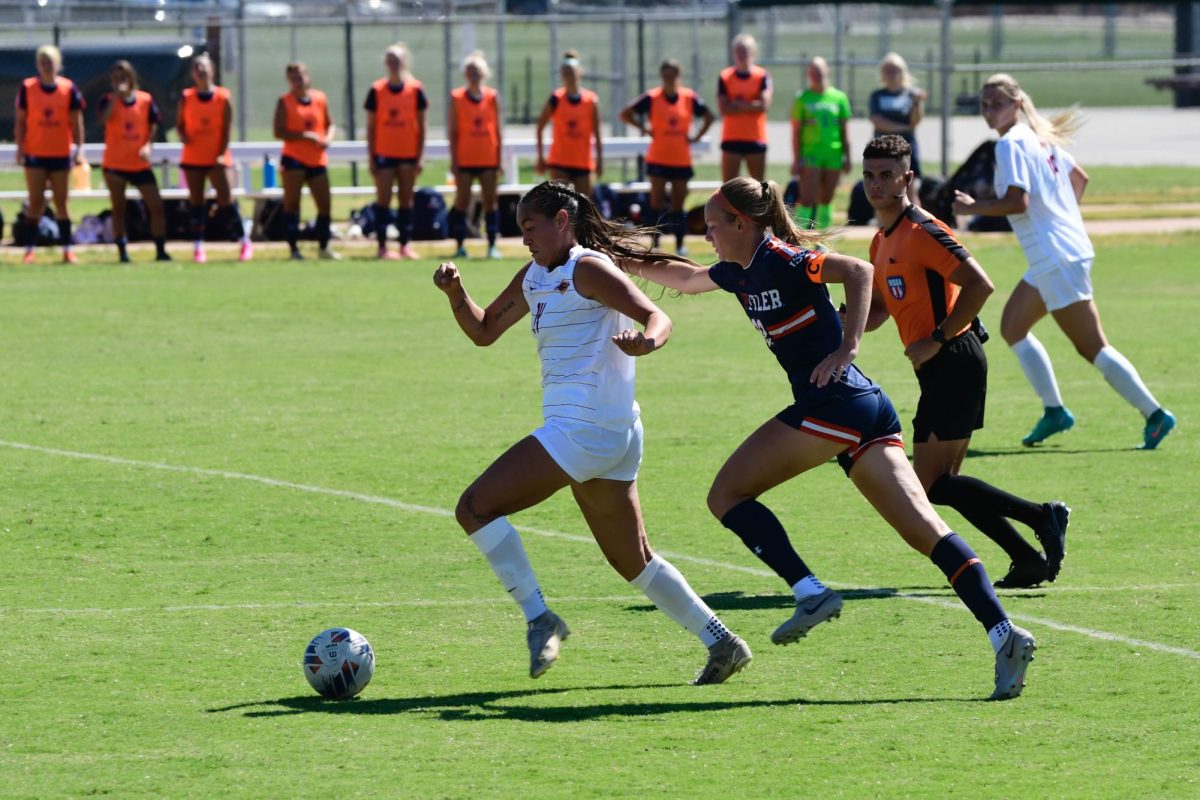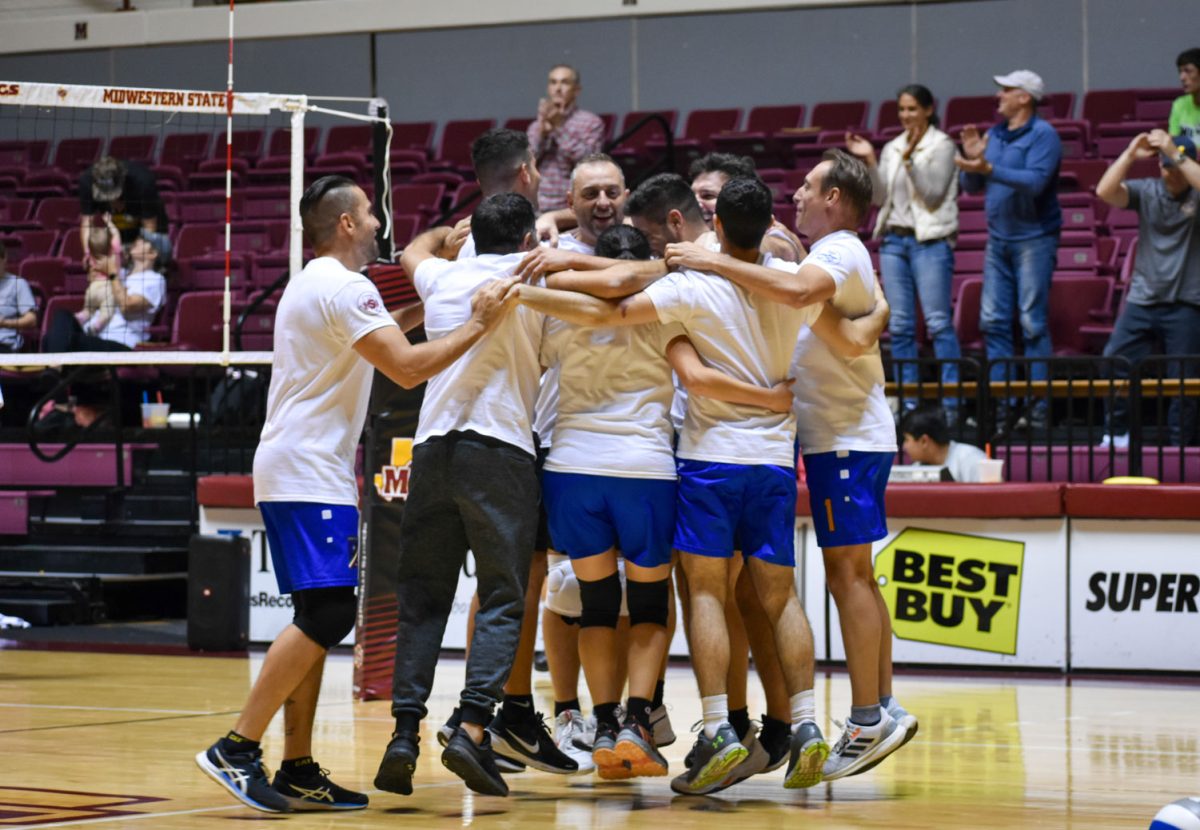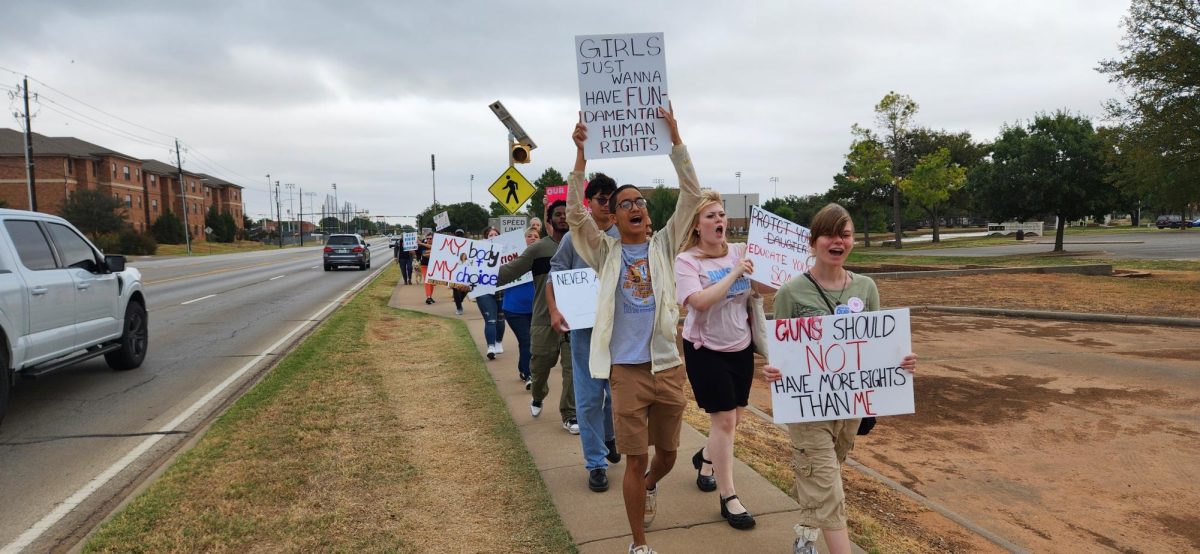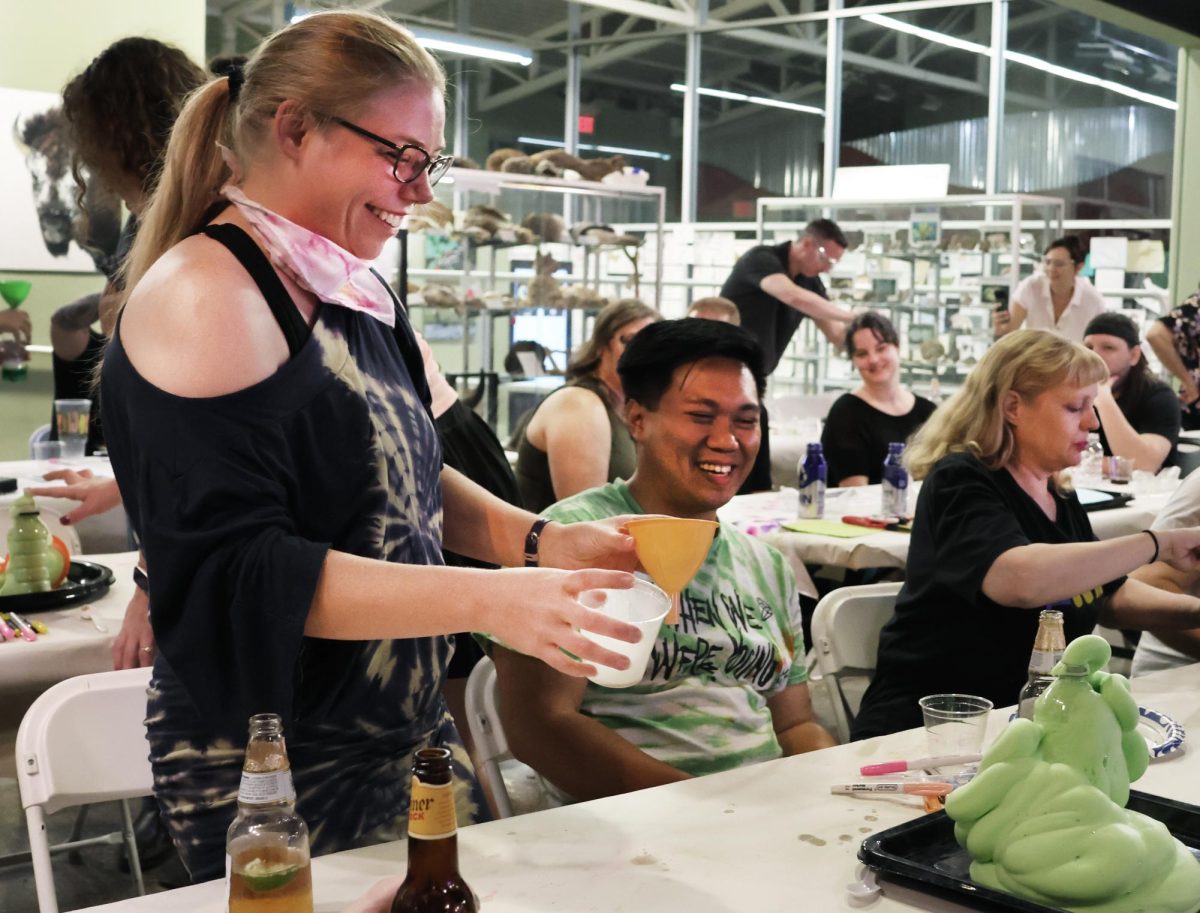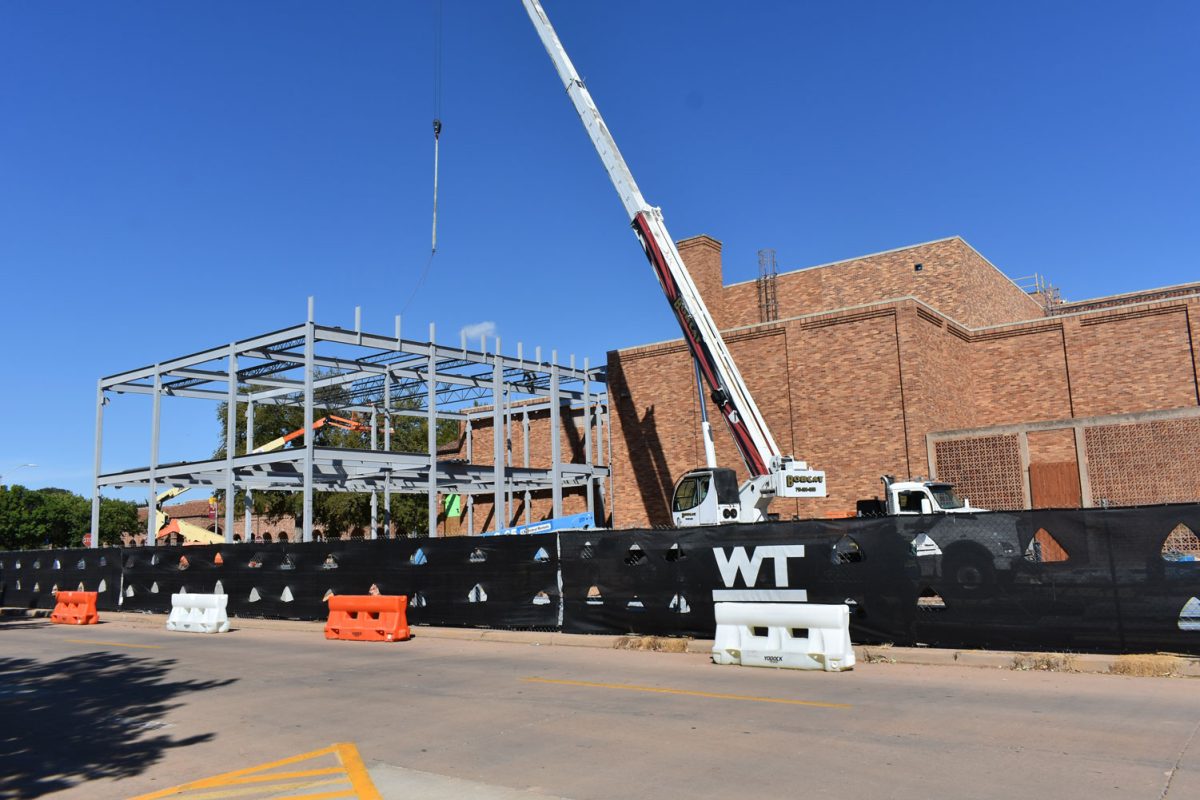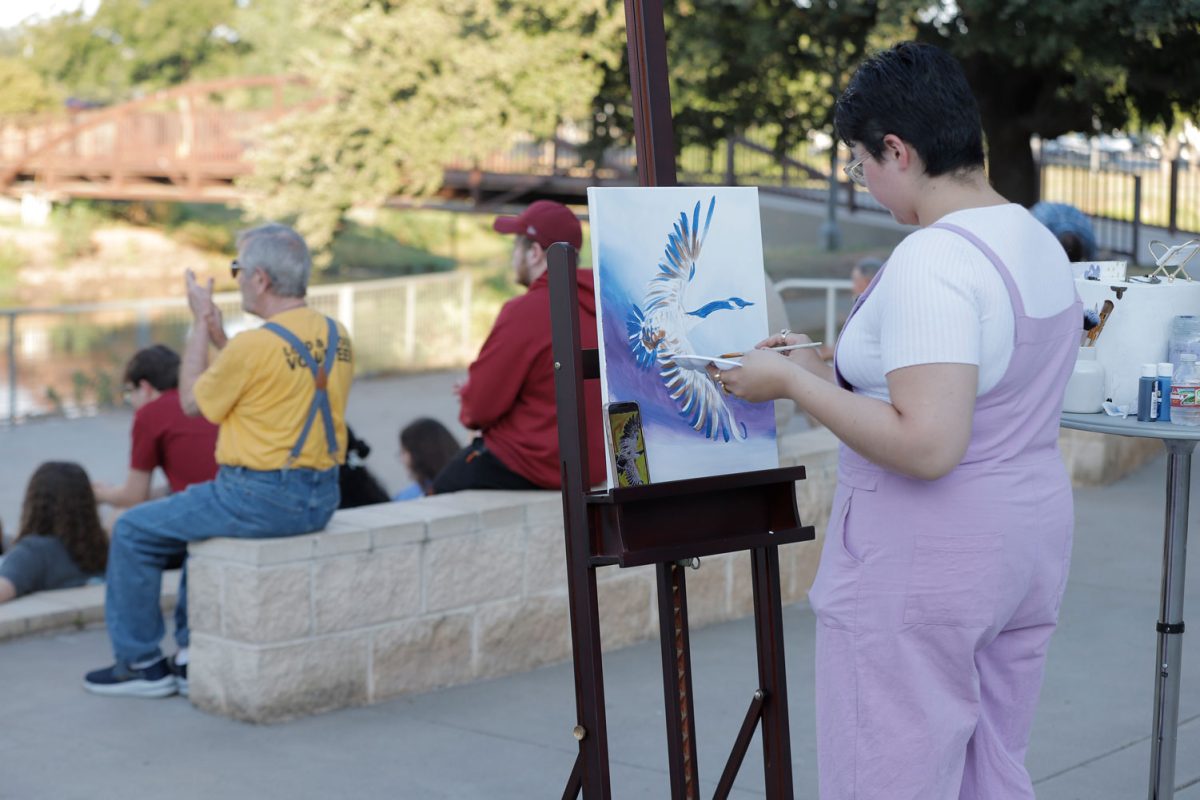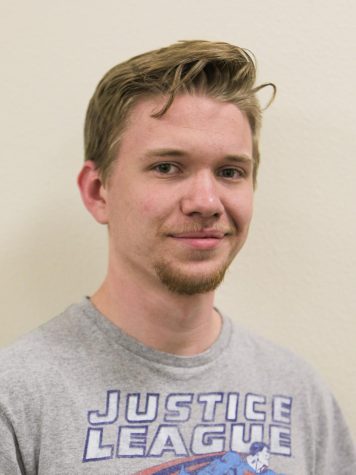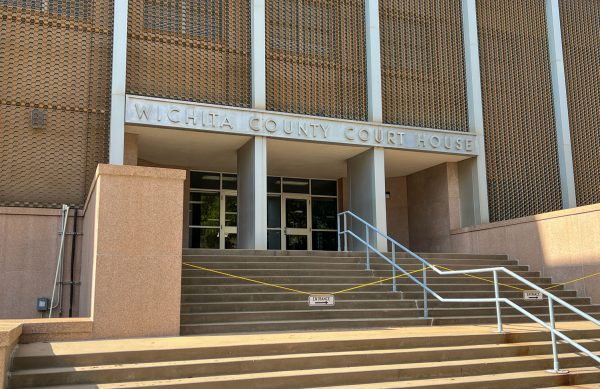
Human trafficking is an egregious crime many people know about, but the realities of this dark world go deeper than many assume. Experts in the field divide the crime into two primary categories: sex trafficking and labor trafficking.
The Texas Attorney General’s office defines sex trafficking as the recruitment, harboring, transportation, provision or obtaining of a person for the purpose of a commercial sex act.
The office defines labor trafficking as the recruitment, harboring, transportation, provision or obtaining of a person for forced labor or services. Sex trafficking can be a form of labor trafficking.
While trafficking of an adult must involve force, coercion or fraud, these three aspects do not have to be involved in the case of a minor.
Human smuggling is another side of the same coin. Human smuggling is the act of illegally bringing a person across a border. While smuggling can lead to trafficking, that is not always the case.
Smugglers at the Southern Border of the U.S. often charge exorbitant fees, requiring migrants to work off their debt. To get the migrants to work, smugglers usually turn them over to traffickers, who take part of the migrants’ salaries for themselves and the smugglers.
MSU Chair of social work Catherine Earley works with several organizations, including Traffic911 and Polaris, that help sex trafficking victims and survivors. Those actively being trafficked are considered victims, while survivors are those who are no longer in that life.
Human trafficking is often associated with larger cities such as Dallas and Houston, but Earley says the problem is widespread. Texas has the second-highest rate of human trafficking of any state, behind only California.
“We somehow feel safer as a society to think, ‘Oh, that happens in Houston, that happens in Dallas,’” Earley said, continuing, “It’s happening all over the country, in small cities, you know, even very rural areas it’s happening. But, it’s really happening in small communities around here.”
According to Earley, the Texas triangle, the area connecting several significant cities between interstates 10, 35 and 45, has the highest concentration of human trafficking in the state.
Wichita Falls Chief Investigator Tye Davis has a long history in law enforcement, having worked with an FBI joint task force for 12 years, going as far as to be deputized by the FBI. Davis took an interest in human trafficking after working in the narcotics unit.
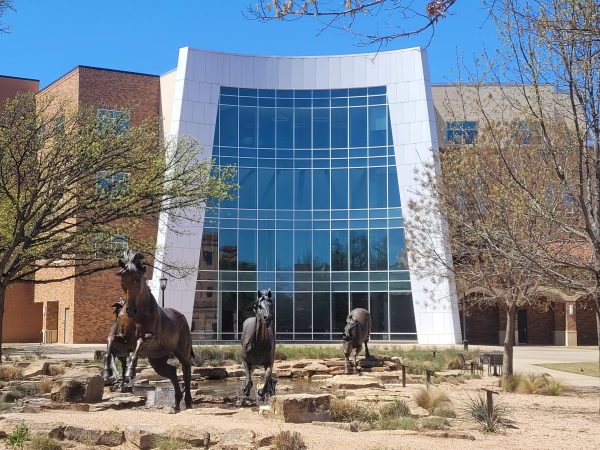
According to Davis, some trafficking organizations span several states.
“The one we investigated here had ties to Georgia, Oklahoma, Nevada, and then many cities here in Texas,” Davis said.
The advent of social media has raised concerns for parents, with traffickers utilizing platforms to find potential victims.
“It’s a lot easier for a trafficker to approach a kiddo who just maybe, just talks about, you know, “FML” or “KMS” or some of these things that kids post that sort of flag them as being especially vulnerable,” Earley said.
Traffickers, according to Davis, often refer to themselves as “street psychologists,” and search for people who may not defend themselves. Many victims come from backgrounds of addiction, poverty and broken families; traffickers often target children who have run away from home.
Due to the lack of opportunity, human trafficking predominately affects impoverished communities. Traffickers are rarely part of other criminal organizations; however, they frequently work with human smugglers, cartels and gangs. Many cartels use labor and sex traffic as an aspect of their business.
Sex traffickers use psychologically and physically abusive tactics to keep victims under their control. Many give victims drugs, creating addiction and a dependency on the trafficker for a source of drugs.
Sex traffickers commonly create a hierarchy within their victims. The first victim, referred to as a “bottom,” is given power over the other victims and perpetrates violence upon them to keep them within the trafficker’s control. Another responsibility of the bottom is to teach other victims how to do their work. In exchange, the bottom is usually treated better by the trafficker, receiving better sleeping conditions and food than the other victims.
Many sex traffickers also build a toxic patriarchal bond with their victims, forcing the victims to use terms like “daddy” and being the only source of housing and food in their lives.
Generally, traffickers brand their victims with tattoos, marking them as the traffickers’ property to prevent the victims from going to other trafficking organizations.
Because the industry is illegal, it is nearly impossible to find statistics regarding the number and demographics of trafficking victims and the industry’s value. Davis stresses that human trafficking exists due to greed. If there were not a demand for sex and labor trafficking, the industry would not exist.
“There’s a need, for these Johns. Say the men create the ecosystem, and these people out there to fulfill a need that the men are seeking. And so what you end up having is the Johns are seeking and willing to pay for sex. The people that promote prostitution are willing to take their money for the sex, and then, but you need somebody to fulfill that need and the people stuck in the middle. Maybe like your runaways, your young teens that grow up and get into that business, and get almost trapped, if you will,” Davis said.
People can keep themselves and others safe by recognizing the signs of trafficking. If a child suddenly has new items generally out of their means, such as expensive clothing or phones that they keep hidden, they may be a victim of trafficking. Earley and Davis emphasized that you can prevent trafficking by reporting signs to the authorities.
“If you see something suspicious, say something. You say, there’s a non-emergency line you can call, 720-5000, and just say, here’s some information that look suspicious to me, just letting someone know. The police take those calls, they investigate,” Davis said, continuing, “You know, ‘Hey, we’ve had two or three of these. There may be something to this.’”








